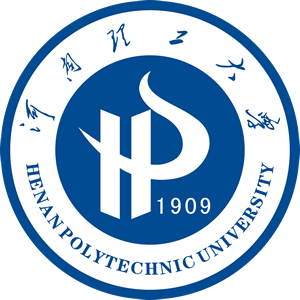
地址: 河南省焦作市高新区世纪路2001号[454000] Tel: 0391-3987069 E-mail: zkxb@hpu.edu.cn,skxb@hpu.edu.cn |

请您访问
|

社会科学版
|
| 供稿: 张景瑞 | 时间: 2018-12-05 | 次数: |
作者:张景瑞
作者单位:南京大学历史学院
摘要:晚明治水要兼顾通漕与护陵,这就给治水带来了很大的困难。嘉靖朝南阳新河的开凿提供了一种有别于传统"治黄保运"思想的新思路,即"避黄行运"。隆庆、万历朝开凿泇河的提议就是试图推行这种新思路的又一努力。然而,对于泇河的争议从隆庆朝开始,一直延续到万历朝后期。究其反复的原因,隆庆至万历初年,是治河派固守"治黄保运"思想,以种种理由反对开凿泇河;万历中后期,却是河臣和地方官员以"治黄保运"为幌子,怯于承担责任。另外,在开议泇河过程中所产生的地方利益矛盾,也增加了开凿泇河的复杂性。
DOI:10.16698/j.hpu(social.sciences).1673-9779.2018.04.014
分类号:K248.3
Abstract:The river control in the late Ming Dynasty was difficult in that it needed to take into account both dredging the Great Canal and protecting imperial tombs. Before Jiajing Reign, river control mainly focused on the Yellow River to protect the Great Canal, but the New Nanyang Canal represented a new idea that the Great Canal can be protected by avoiding the Yellow River. The proposal to dig the Jia Canal was another effort of the new idea, but the dispute over Jia Canal lasted from Longqing Reign to the late Wanli Reign. Reasons for the stagnation were that during Longqing Reign and early Wanli Reign, people insisted on the idea of “control Yellow River to protect Great Canal”and objected to dig the Jia Canal while in later Wanli Reign, river officials and local officials were afraid of taking responsibilities. Besides, the conflict between national and local interests intensified the complexity of the issue.